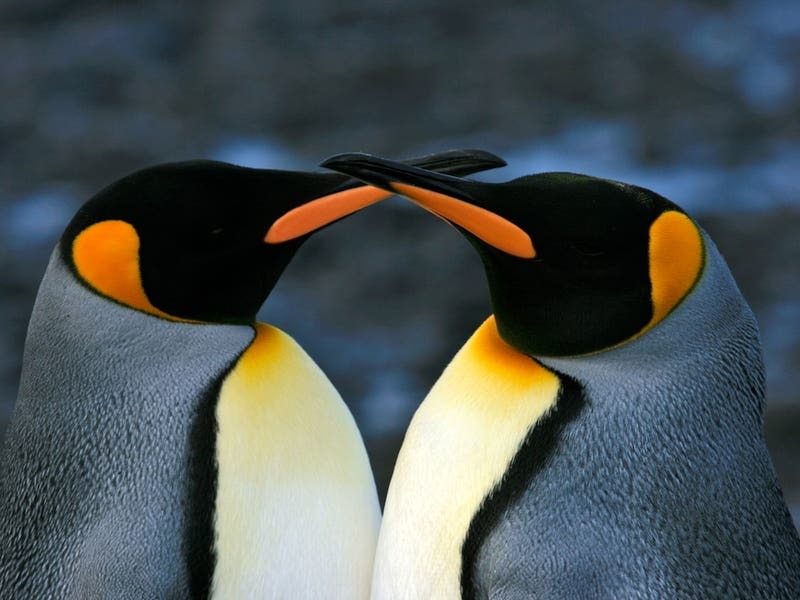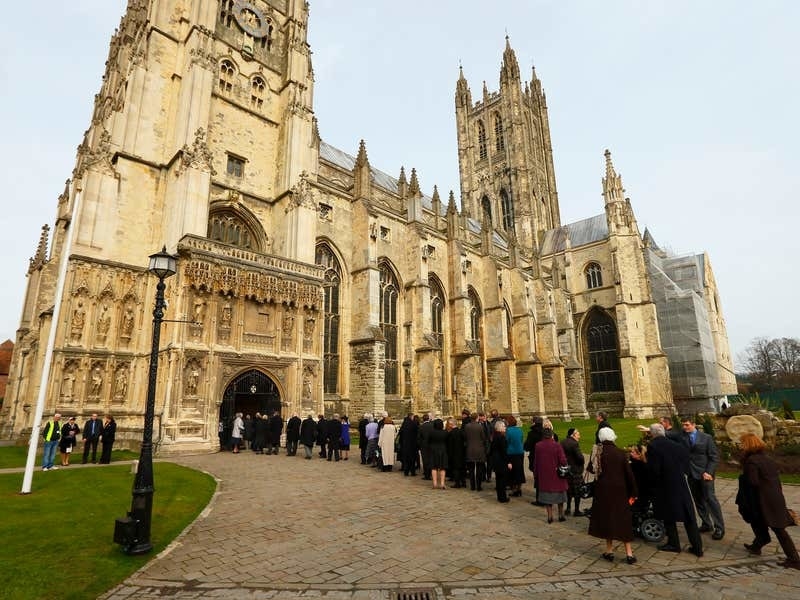Ahead of Valentine’s Day, conservation experts from the WWF have shared some of the top love birds in the animal kingdom.
Although humans might be the only species with a day dedicated to celebrating love, for a number of birds relationships are also a long-term commitment.
Paul De Ornellas, chief adviser of Wildlife at WWF-UK said: “In nature, we see all sorts of complex relationships, but we do know that some species form long-lasting pairs and exhibit extreme loyalty to their partners.
“Nature can be incredibly resilient, and the bonds formed by some species can survive some of the harshest conditions on earth and at sea.”
– Blue and yellow macaws (Amazon rainforest, Brazil)
Not only are macaws highly intelligent, but the relationships they form are famously long-lasting due to their 60-year lifespan.

– Barn owl (global, except Antarctica)
Once together, a pair of barn owls will often do elaborate courtship rituals, including display fights to help attract a mate and advertising calls to communicate. They will also re-use the same nest each year.

-The Adelie Penguin (Antarctic Penisula)
The Adelie might be the smallest species of penguin in the Antarctic but they are known to take on potential predators, such as seals and large seabirds, or even attack researchers, with their flippers.

– Laysan Albatross (Southern Ocean and North Pacific)
While the species tends to be socially monogamous, the albatross will also play the field and mate with another bird which isn’t their life partner – while still maintaining a life bond with their partner. Albatrosses are some of the oldest birds on record, living in excess of 50 years.

– Southern ground hornbill (Africa)
There are more than 50 species of hornbills, and most ground hornbills remain monogamous throughout their lives.







